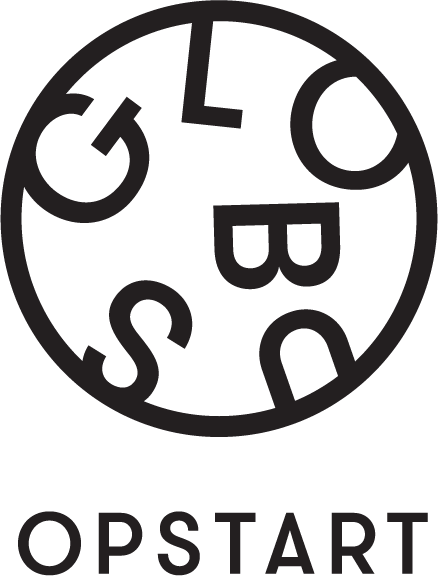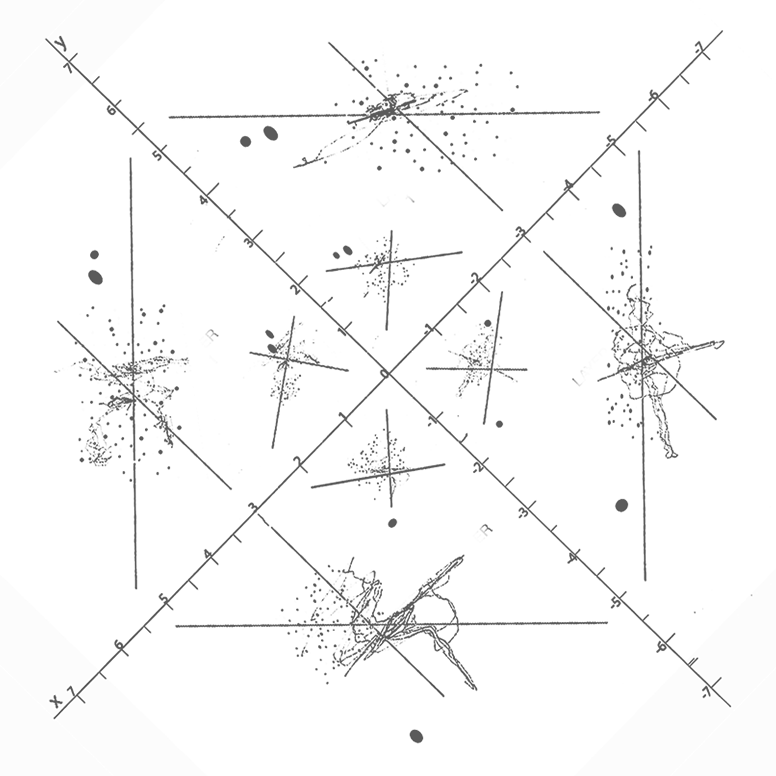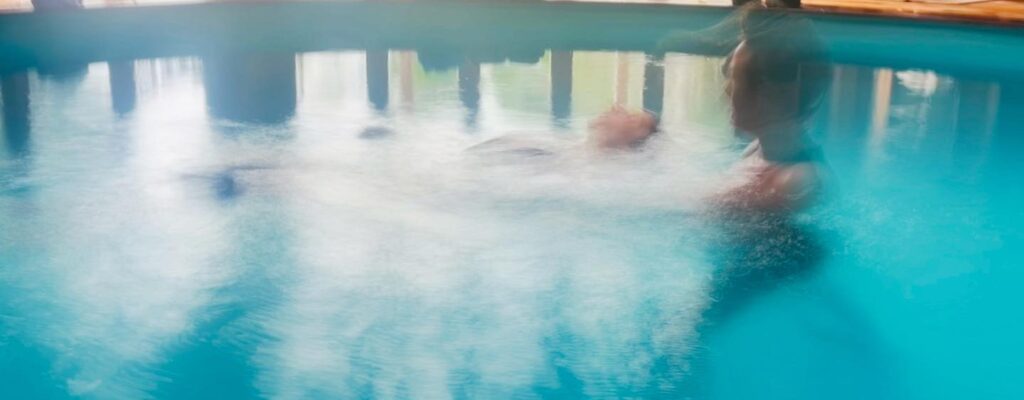The Project Water Holds the Shell of the Skin, a Cluster of Cells, seeks to rekindle the cultural significance of communal bathing while exploring cellular memory, liquid intelligence and promoting relational practices in contemporary art. The work is underlying artistic tools for reparation, health and well being while diving into topics of intergenerational trauma within practices of hydrofeminism.
The project has received support from Nordisk Kulturfond under the program Globus Opstart to develop a strong network with partnerships in Norway, Lithuania, Denmark, Finland, Portugal, Colombia and Spain. This project aims to cultivate new connections and networks through interdisciplinary collaboration, international engagement, open workshops, art interventions, and a future online journal platform. We seek to produce culture around bathing traditions and new innovative artistic approaches to bathing and beyond through artistic research, aquatic body work and Phyto-thermal therapies.
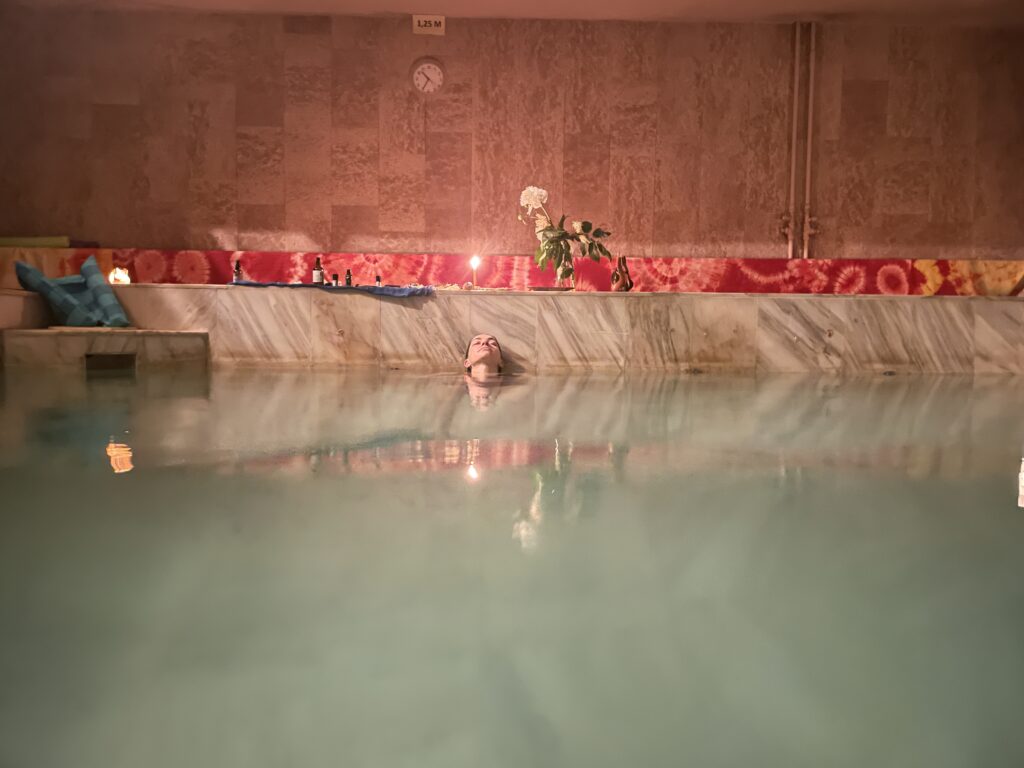
Photo by Nazaré Soares
During the Middle Ages, communal bathing establishments held pivotal roles as centers for health and social interaction. These spaces went beyond hygiene, fostering community ties and sociability. In ancient Egypt, bathing was linked to communal rituals and dream healing experiences named incubations, while Roman times saw the expansion of communal bathing to include saunas, reading areas, medicinal treatment and restaurants within complexes. However, evolving societal norms posed challenges. By the 14th century, mixed-gender bathing faced criticism, and epidemics in the 16th century led to the decline of these spaces. The 18th century brought condemnation due to associations with illness and waste, impacting closures. Yet, in places like Finland and the Baltics, despite postwar and soviet times, communal bathing endured. Such spaces broke down social hierarchies, provided negotiation grounds, and held feminist significance. (Pearson, 2020)
In contemporary art, communal bathing spaces offer opportunities for regeneration and critique. By reimagining these spaces, we can recapture their cultural significance while applying liquid and deep ecologies, reinforcing relational practices in contemporary art. The historical journey of communal- ritual bathing reveals its intricate connection to societal dynamics, gender roles, and community well-being. By reevaluating and reimagining these spaces through contemporary art and hydrotherapy, we can recall the social and cultural-natural significance of communal bathing today, making it a transformative and regenerative experience that resonates with our times, while diving into an exploration of the “Fourth Phase of Water”. (Neimanis, 2012)
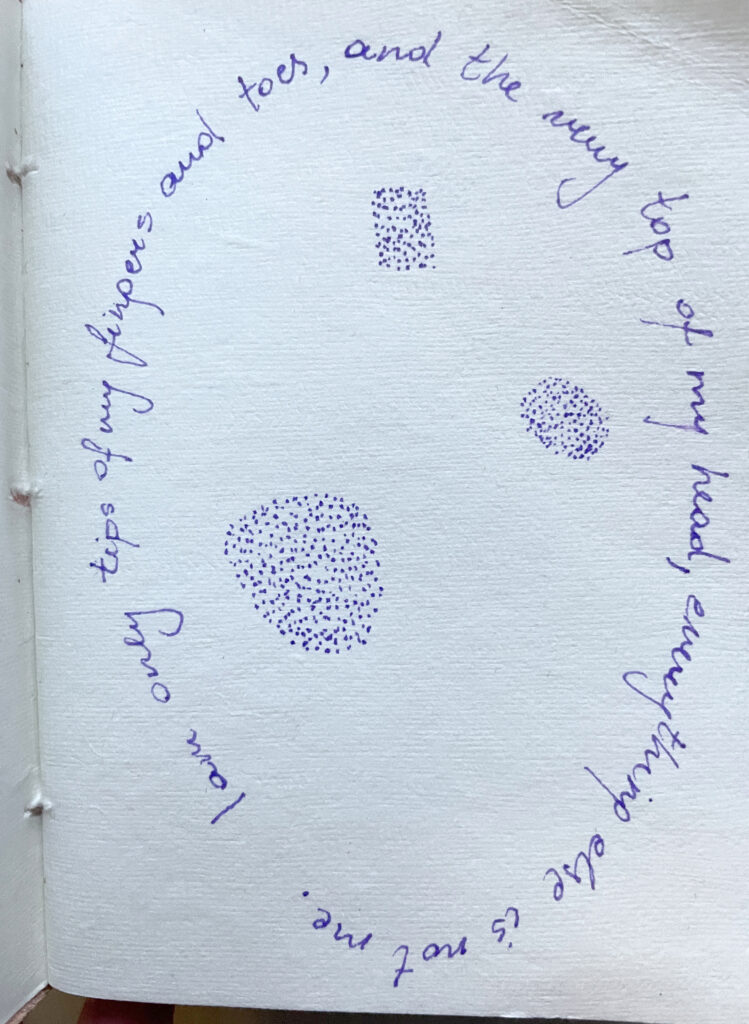
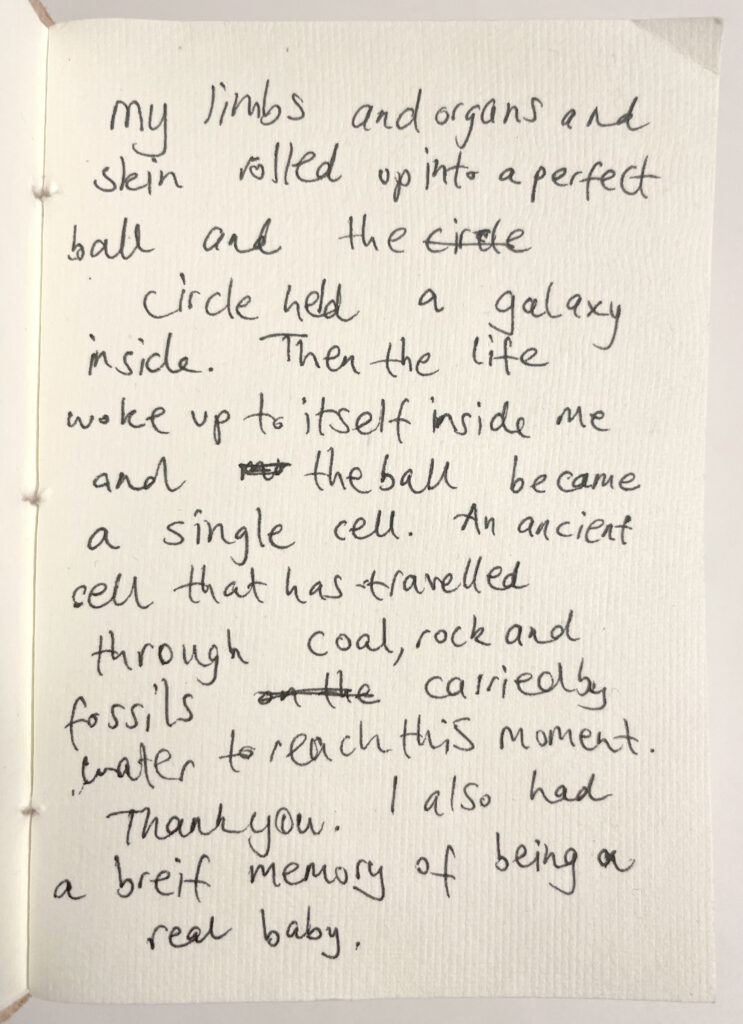
Documentation after water incubation. Photo Nazaré Soares
” Our inner fluids, structures, tissues, and organs provide the essential components of the patterns from which we weave our personal stories. These stories are then recorded by and stored in the templates of our autonomic and somatic nervous systems. As we embody our cellular patterns of expectations and responses, we gain understanding of their relevance and importance in past experiences. We also gain awareness of and insight into releasing those aspects that are no longer necessary for our realization of self in this moment. We become freer to make different choices. As we release our stress-induced behaviors, we discover deeper compassion, wisdom, and ease.” Body-Mind Centering.(BMC)
In bathing practices the use of plant essence and essential oils proves effective in triggering cognitive responses. This highlights the interconnectedness of olfaction, memory, and emotion. By harnessing the aromatic potential of these elements, a significant link between scent and cognition is revealed. This connection not only stimulates cognitive processes but also intertwines with memory and emotion, offering a comprehensive avenue to enhance cognitive experiences and emotional landscapes. The impact of scent on cognitive responses underscores its often underestimated role in shaping our mental and emotional realms. (Castellanos, 2022)
Karolina Haven ( Water Forget-Me-Not ) – Vilnius, Lithuania 2023
The research has been inicial developed at SODAS 2123 Art residency ūmėdė’2024 program. This residency was funded by the Nordic Council of Ministers’ Nordic-Baltic Mobility Programme for Culture. During May and June 2023, I conducted aquatic body-mindwork sessions in warm water in Vilnius. These liquid incubations centered on body-mind alignment through movement, listening, repatterning touch, and authentic fluid movements. Our aquatic haven, nestled near the Neris River bank, provided the backdrop for this work. The district of Vilnius Karoliniškės, where our Water sanctuary resides, holds historical significance as a site of nonviolent defense during the January Events of 1991. This district bears witness to history, resilience, and community.
We accessed cellular fluid awareness to tap into water codes and cellular memory. We triggered a whole-body response through cellular resonance, circulation of fluids, flow through the fascial matrix, and electromagnetic communication via the foundational glial cell network. This work addresses the urgent need to develop social and community practices for body-touch awareness and watery embodiment.
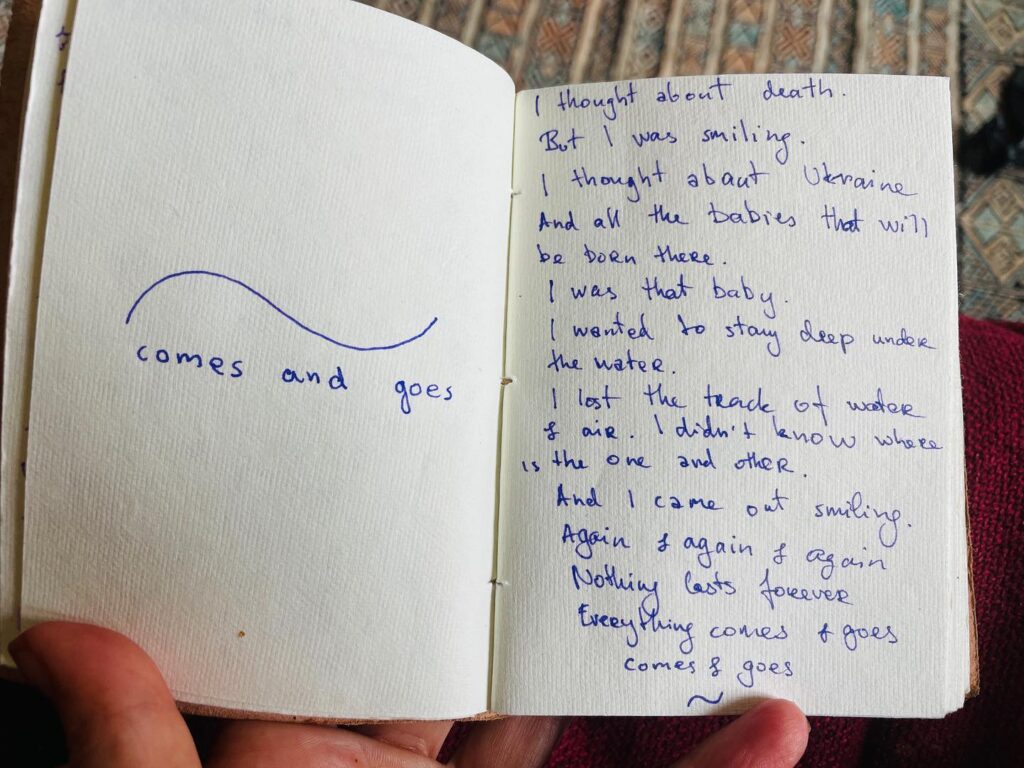
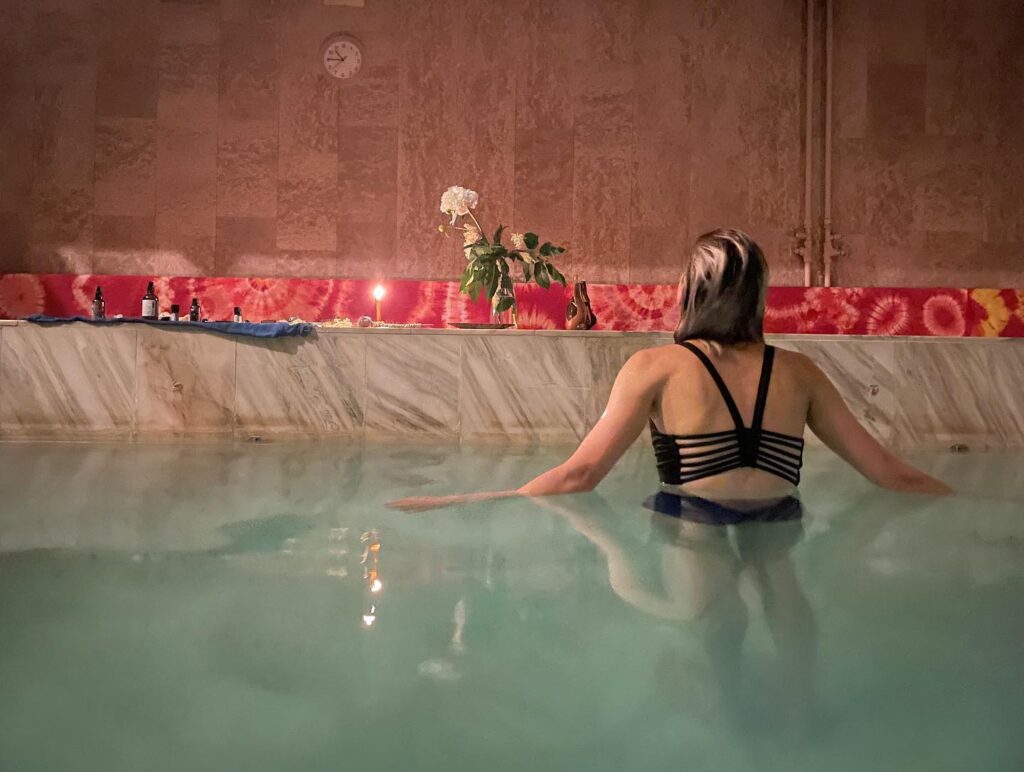
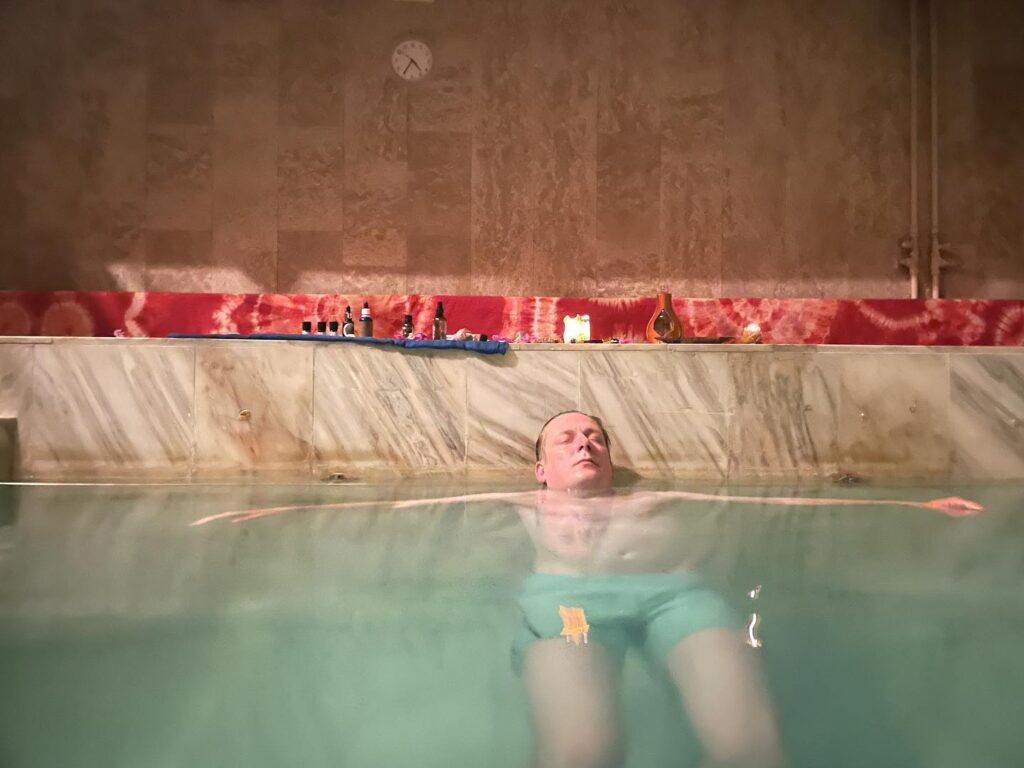
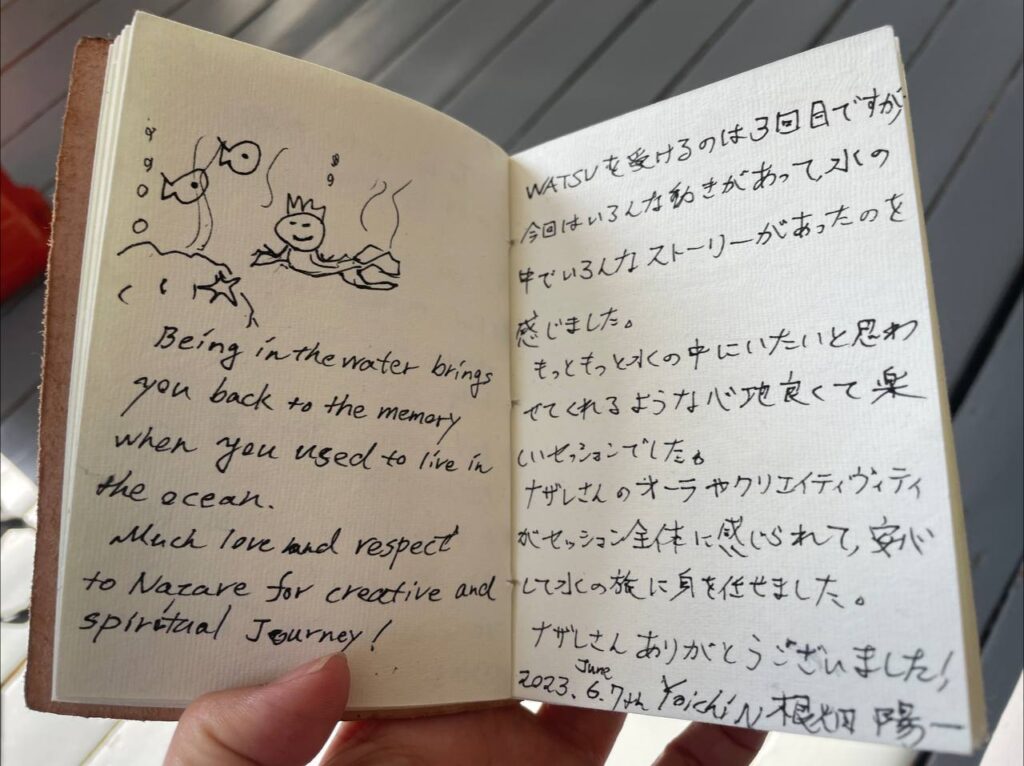
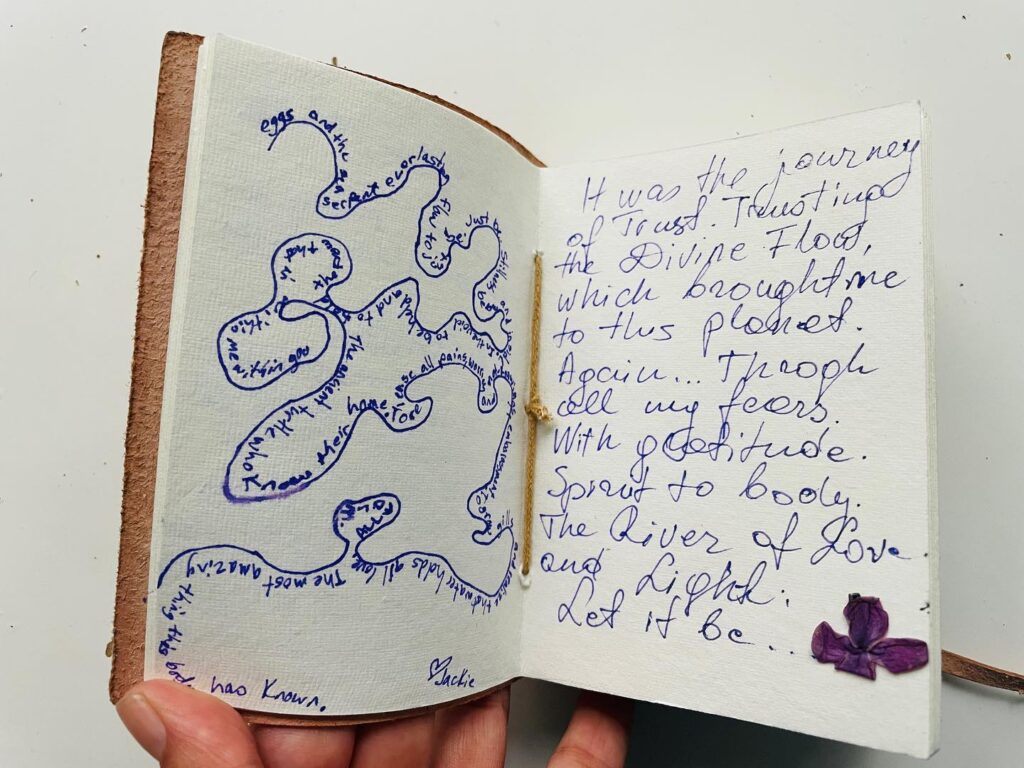
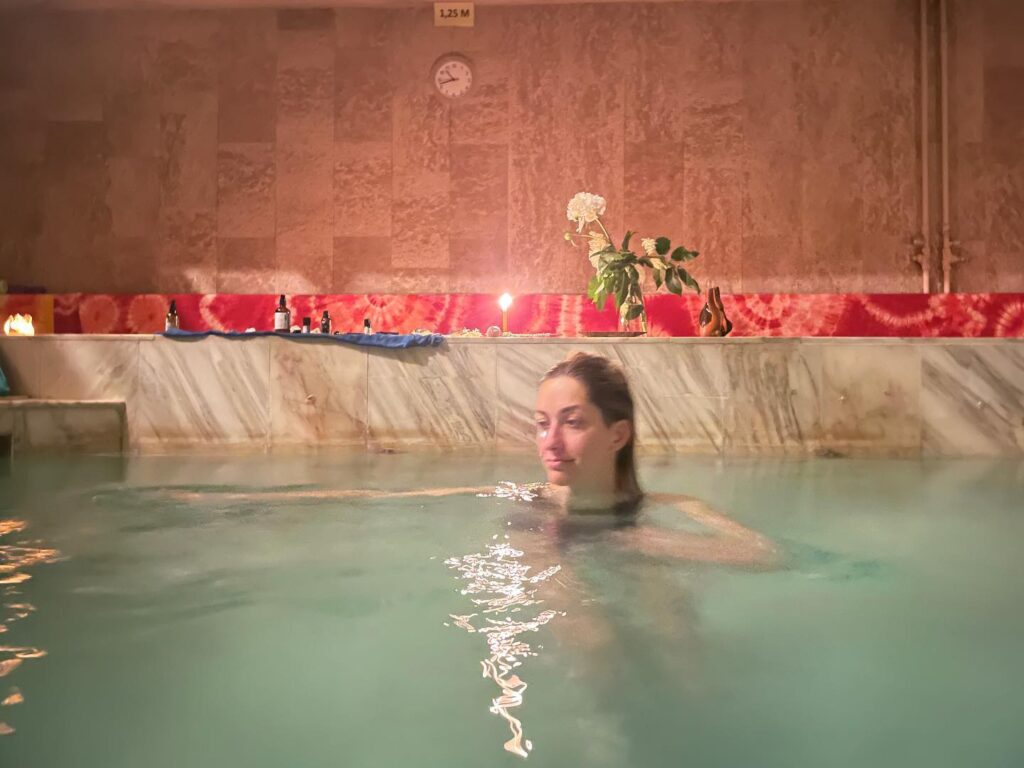
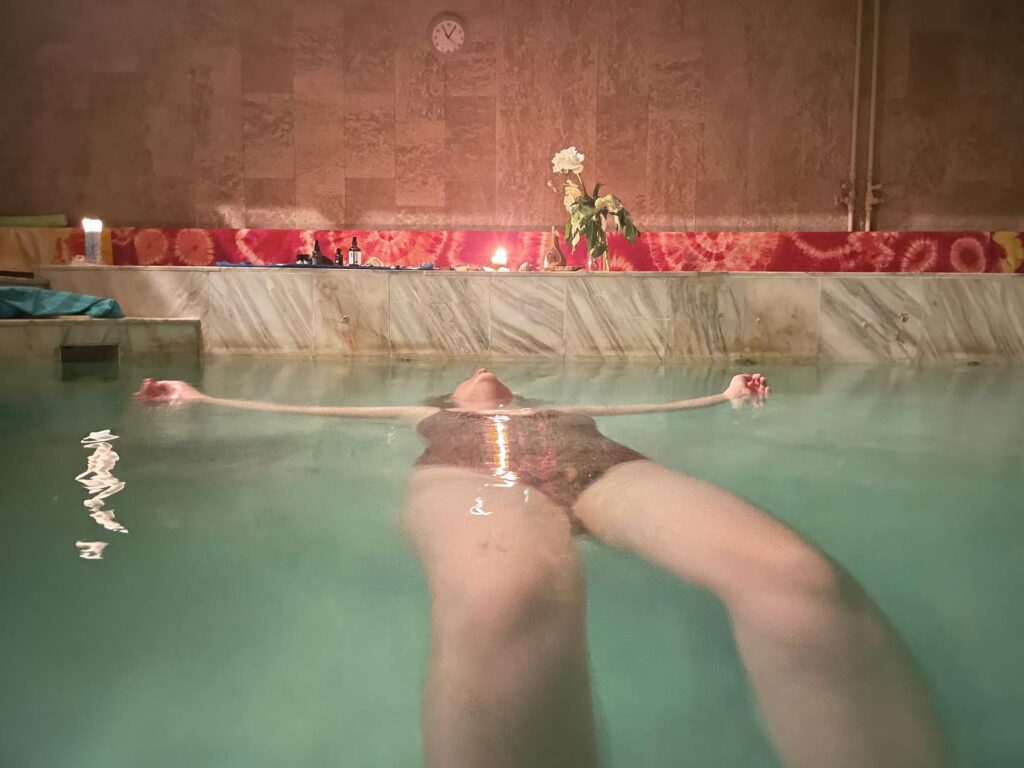
Amidst these sessions, I found my brain softened, my body purged, and my spirit wearied by the profound days in the water. Surprisingly, the sessions garnered popularity, with an average of three sessions per day. The accompanying images and notes captured the essence of these liquid incubations. Grateful for participants’ trust despite their vulnerable states, I ensured that the documentation was respectful of their processes. This work in Lithuania fosters somatic reparations, healing interwoven with the former Soviet occupation and the ongoing effects on the collective trauma of the Ukrainian conflict in East Europe.
Our pool, or what I refer to as our Water Temple, is located in the Vilnius Karoliniškės district near the Neris riverbank. A beautiful walk by Neries paplūdimys leads to what was our home for two months. This area is also close to the main site of the January Events of 1991.
Deep gratitude extends to all who embraced water’s work, participated in liquid incubations, and supported the initial phase of research in Vilnius. Together, we unlocked cellular fluid awareness, tapped into water codes, accessed intergenerational memory, and ventured into the liquid `arkhe´. We ignited whole-body responses through cellular resonance, fluid circulation, matrix flow, and electromagnetic communication via foundational glial cell networks.
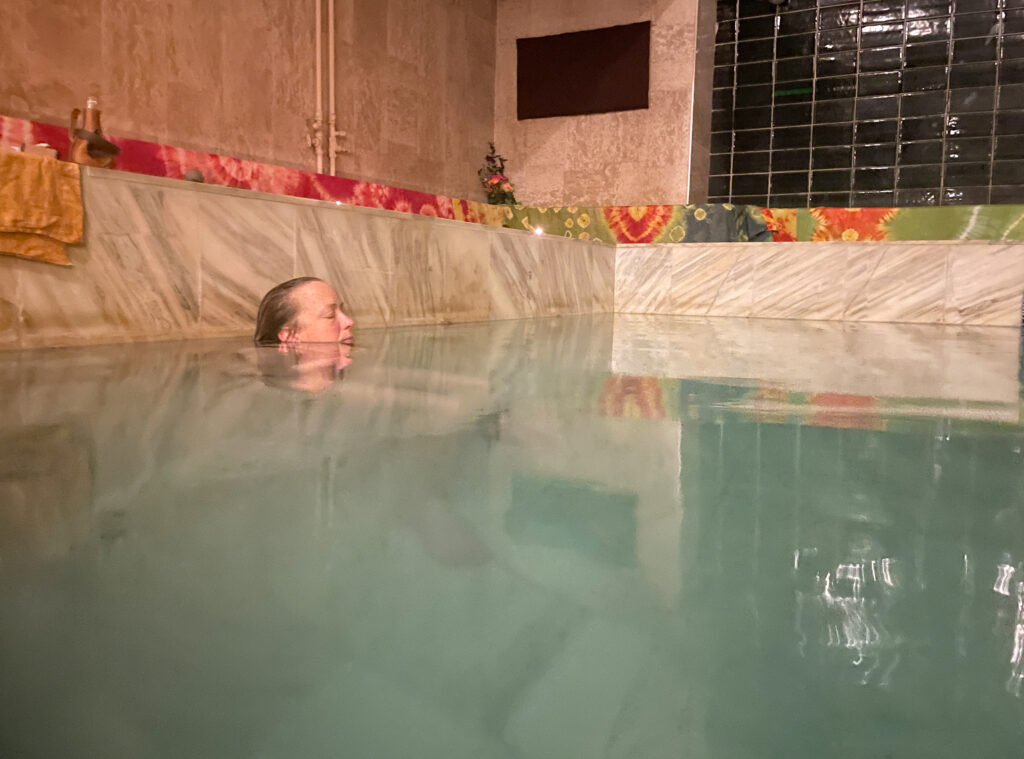
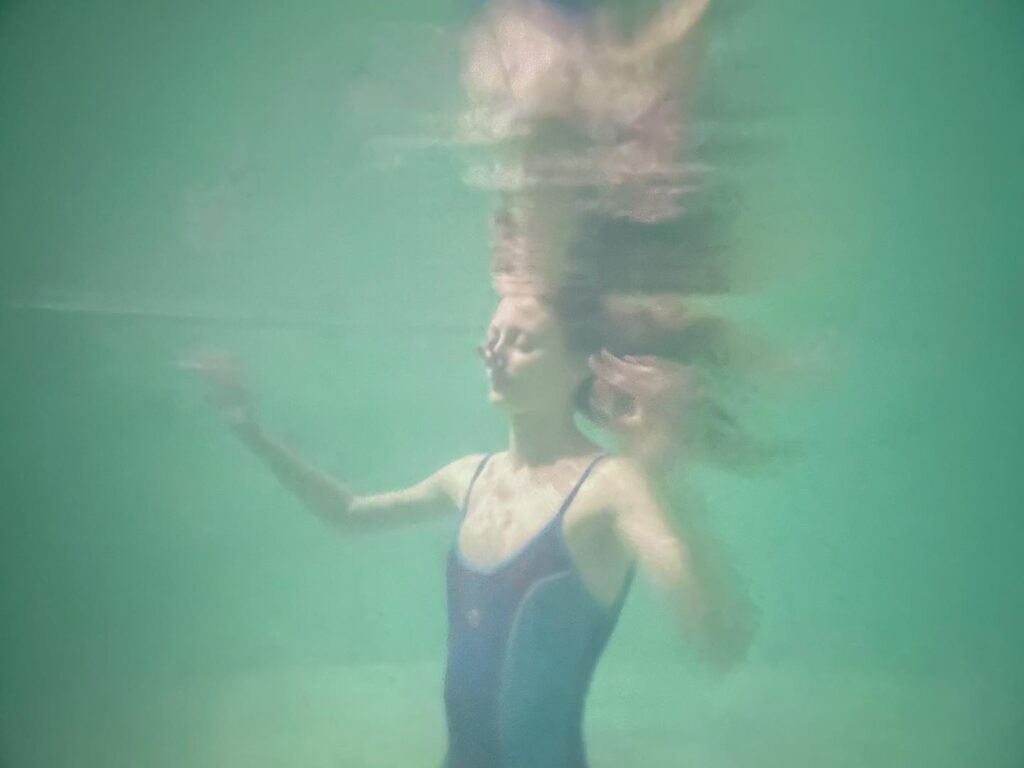
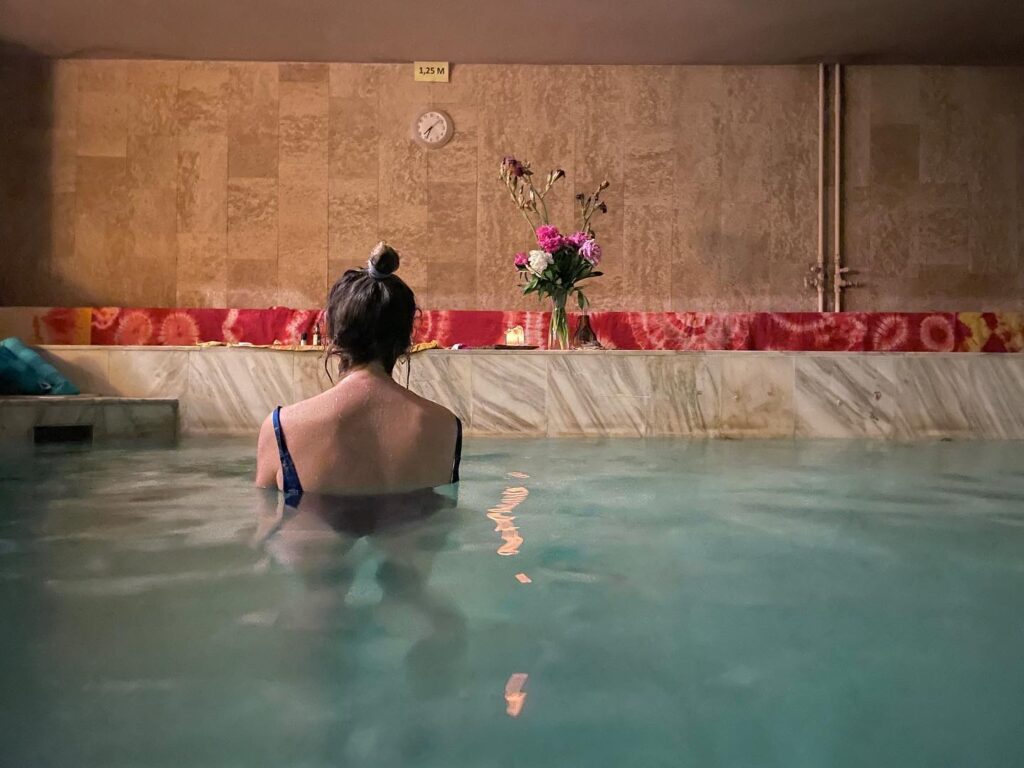
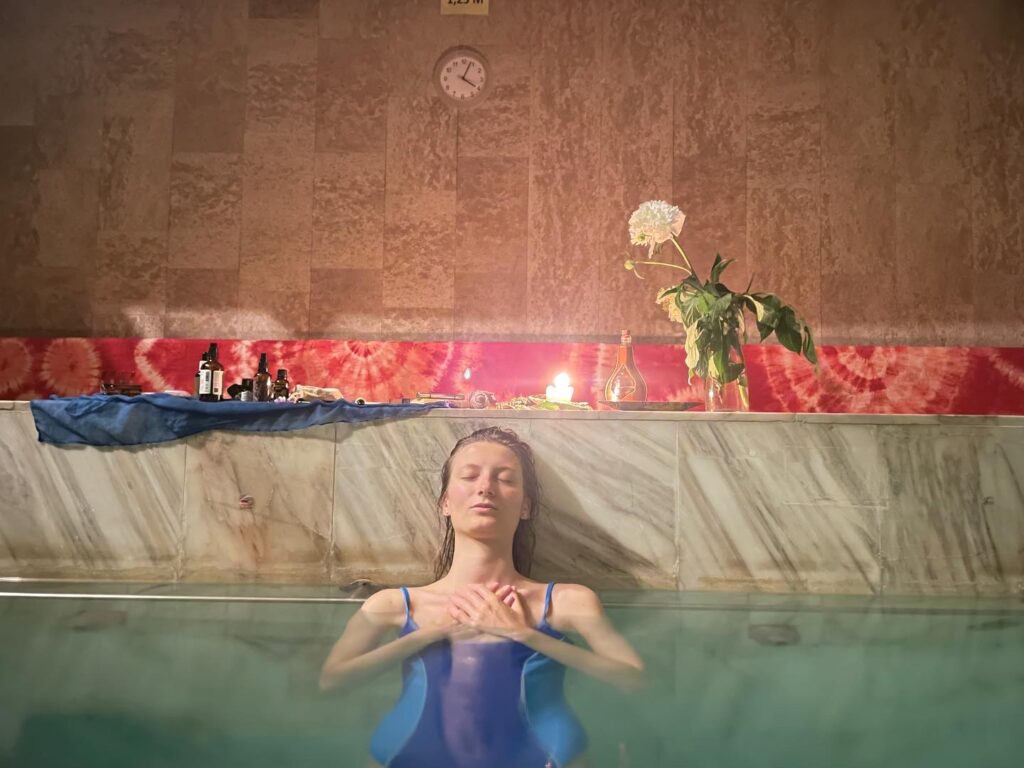
Karolina Haven is a space for an immersive exploration that blurs the boundaries between art, wellness, and hydrocommons. An artistic intervention within an urban bathing setting that seeks to rekindle the timeless allure of communal bathing while encouraging participants to envelop themselves in a multisensory voyage that embraces cellular memory in water. Drawing inspiration from ritual bathing traditions, somatic aquatic bodywork, and contemporary arts, this event is a celebration of water as a conduit to healing, connection and regeneration.
Karolina Haven offers a space that unfolds within the confines of water’s tender careers. Imagine an aquatic sanctuary where art, music, touch, plants and water converge to create an immersive symphony for the senses. An ode to water’s timeless embrace, an invitation to step into a world where contemporary art, touch, and liquid ecologies intertwine.

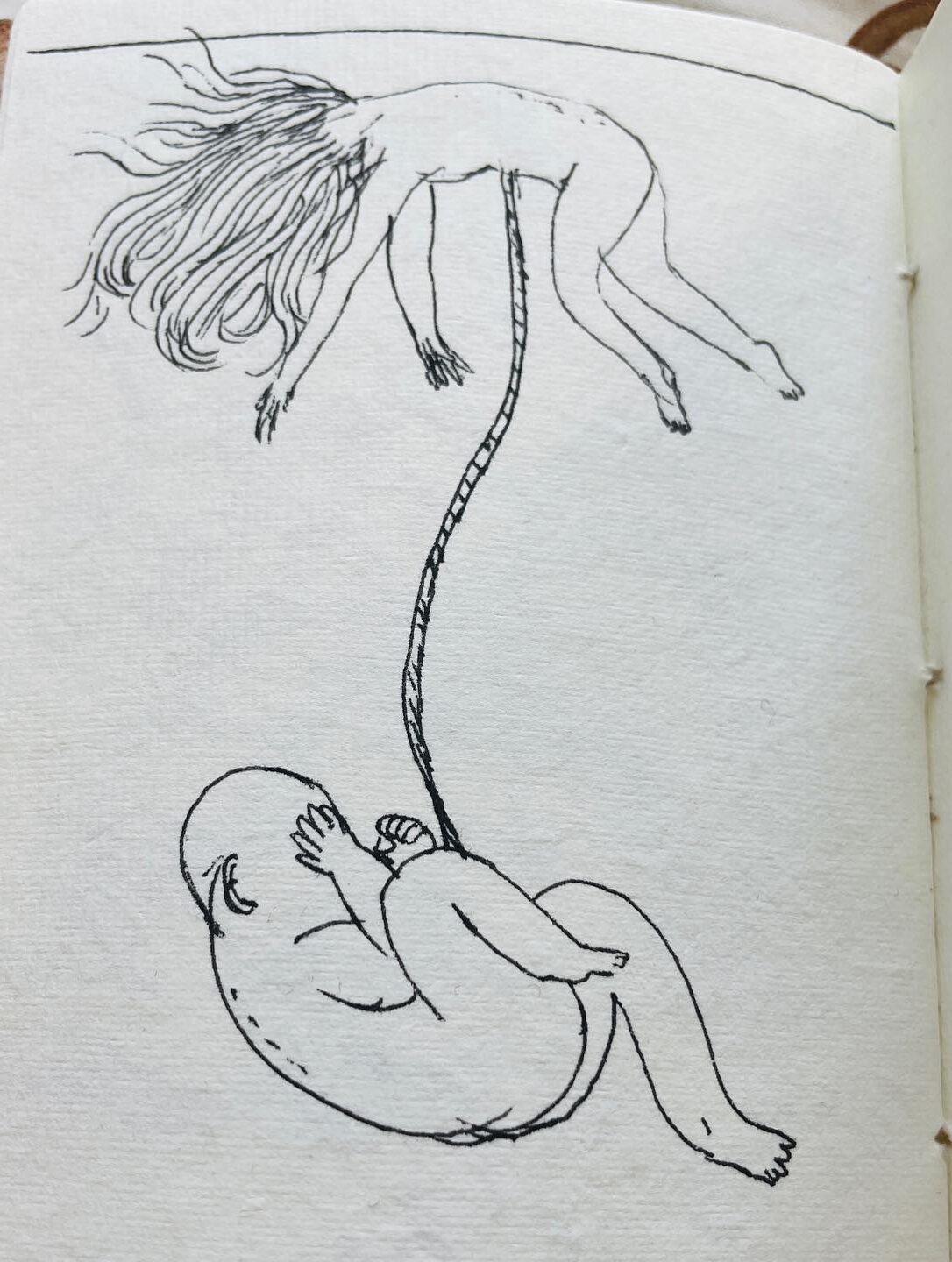
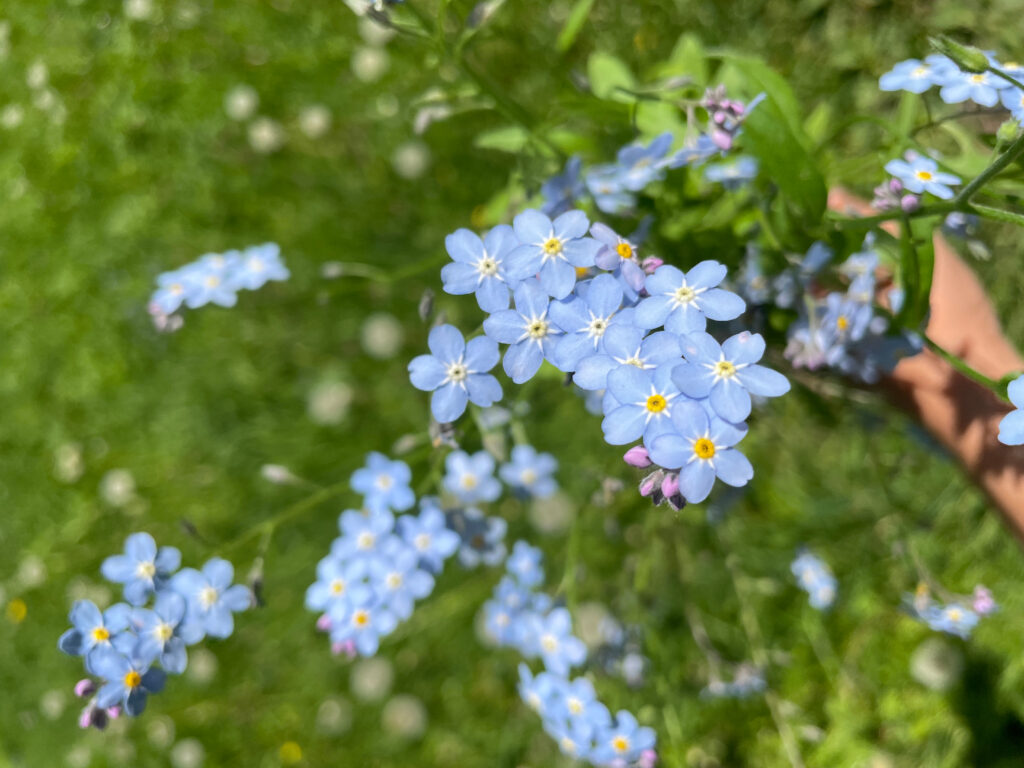
Plant Ally: Water forget-me-not
Pharmacopoeia:
Myosotis scorpioides known as Scorpion grass or Water or water forget-me-not is believed to have anti-inflammatory properties that may aid in relieving mild inflammatory conditions. Some varieties have traditionally been used as an expectorant to alleviate congestion in the respiratory tract. In certain herbal traditions, it has been suggested that the plant may have tonic effects on memory and cognitive function. Calms anxiety and stress, it has relaxing properties. Contains antioxidants that strengthen the immune system, providing defense against diseases and maintaining health. Contributes to reducing inflammation in the body and relieving discomfort associated with inflammatory conditions. Stimulates digestion, reducing bloating and stomach discomfort when consumed after meals. Its anti-inflammatory properties is very beneficial for the skin.
Myosotis is also known as scorpion grass due to the spiraling curve of its inflorescence, it belongs to the Boraginaceae family, stands out for its beauty and symbolic history. This funnel-shaped blue or violet small flowers, is found in various parts of the world, from Europe to North America. Its name comes from the Greek “myosotis,” meaning “mouse ear,” due to the peculiar shape of its leaves.
“Do not forget me!” Hence its name and its connection to lasting love.
Te Ceremony preparation:
- Heat a cup of water to boiling.
- Add a teaspoon of dried flowers to an infuser or directly into the hot water.
- Cover and let it steep for 5-10 minutes.
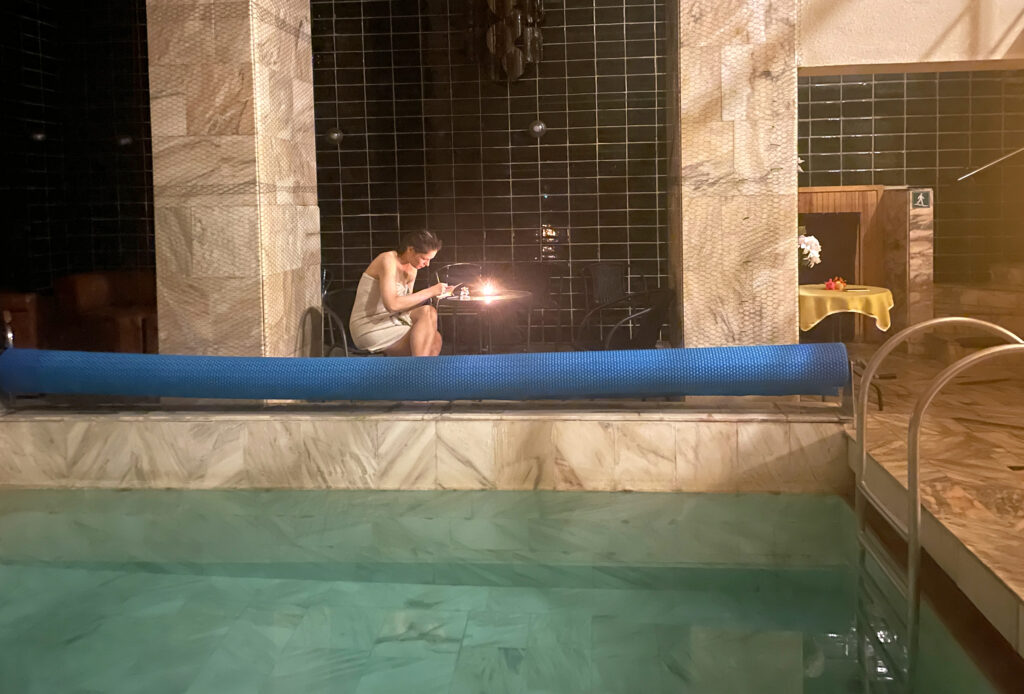
Guiding me on this journey , amongst others is Jurga Švedienè, a visionary in aquatic body-mindwork. She is the founder of the Watsu Association in Lithuania and the creator of the individual method Yutsu/Wunder. J. Švedienė’s legacy spans water births, family clubs, and alternative healthcare advocacy. And Marina Sans who is a deep connoisseur of the human body, her research on anatomy is an ongoing reference for my practice, which has informed my learning from the beginning. She is founder of Liquid Cosmos technique (Somatic Education for Aquatic Bodywork) and based at Liquid Zome in Sintra.
Water Holds the Shell of the Skin, a Cluster of Cells. Research project supported by @nordiskkulturfond

